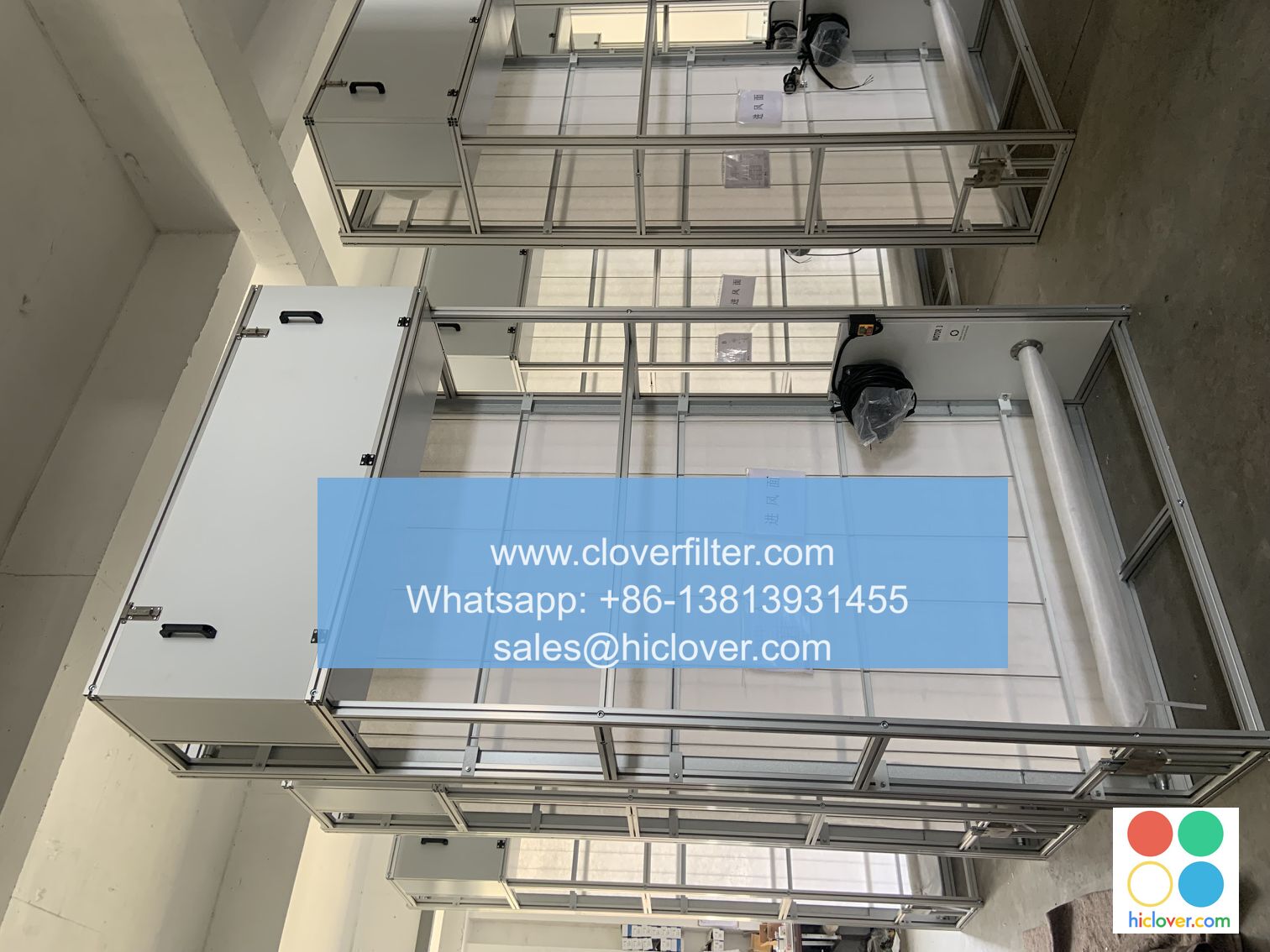Compliance Made Easy: A Step-by-Step Guide to Selecting the Right Air Filter for Your Business

Compliance Made Easy: A Step-by-Step Guide to Selecting the Right Air Filter for Your Business
Introduction
As a business owner, ensuring the health and safety of your employees, customers, and the environment is a top priority. One crucial aspect of maintaining a healthy and safe environment is the air quality. Air filters play a vital role in removing contaminants, odors, and allergens from the air, and it’s essential to select the right one for your specific needs. In this article, we’ll guide you through a step-by-step process to help you choose the perfect air filter for your business.
Step 1: Identify the Application Area
First, determine the area where the air filter will be used. This is crucial in selecting the right filter as different areas have unique requirements. Some common application areas include:
- Indoor: Offices, conference rooms, and open workspaces
- Restrooms: Public restrooms, locker rooms, and janitorial closets
- Industrial: Manufacturing facilities, warehouses, and construction sites
- Mechanical: HVAC systems, ventilation systems, and air handling units
- Basic: Removable particulate, 30-50% efficient (e.g., dust, dirt, and large particles)
- Low: 50-80% efficient (e.g., some gases, odors, and smaller particles)
- Medium: 80-95% efficient (e.g., most gases, odors, and small to medium-sized particles)
- High: 95-99.99% efficient (e.g., very fine particles, viruses, and bacteria)
- Fiberglass: Basic, non-Electrostatic Precipitation (ESP) filters for general-purpose air conditioning and ventilation systems
- Pleated: Higher-efficiency filters with a greater surface area for improved air flow and longer replacement intervals
- HEPA: High-Efficiency Particulate Air filters for medical, laboratory, and cleanroom applications
- Activated Carbon: Activated carbon filters for neutralizing odors and gases
- 1-3: Coarse filters for basic uses
- 4-8: Standard filters for general-purpose use
- 9-12: High- efficiency filters for critical applications
- 13-16: Super-high-efficiency filters for very demanding industries
Step 2: Determine the Filtration Level
Next, determine the level of filtration required for your application area. Filtration levels range from Basic to High, with the following key words highlighting the level of effectiveness:
Step 3: Consider the Filter Type
There are various types of air filters to choose from, each with its own unique characteristics and strengths. Some common filter types include:
Step 4: Evaluate the Filter’s MERV Rating
The MERV (Minimum Efficiency Reporting Value) rating system helps determine the filter’s ability to capture airborne particles. A higher MERV rating indicates a better filter for capturing smaller particles. Here’s a general guide to MERV ratings:
Conclusion
Choosing the right air filter for your business can be a daunting task, but by following this step-by-step guide, you’ll be well-equipped to make an informed decision. Remember to consider the application area, filtration level, filter type, and MERV rating to ensure the optimal air quality for your employees, customers, and the environment. By doing so, you’ll be taking a crucial step towards maintaining a healthy, safe, and productive work environment.
I’m happy to help with a prompt! What would you like to talk about or get help with? Do you have a specific topic in mind, or would you like me to suggest some options?

